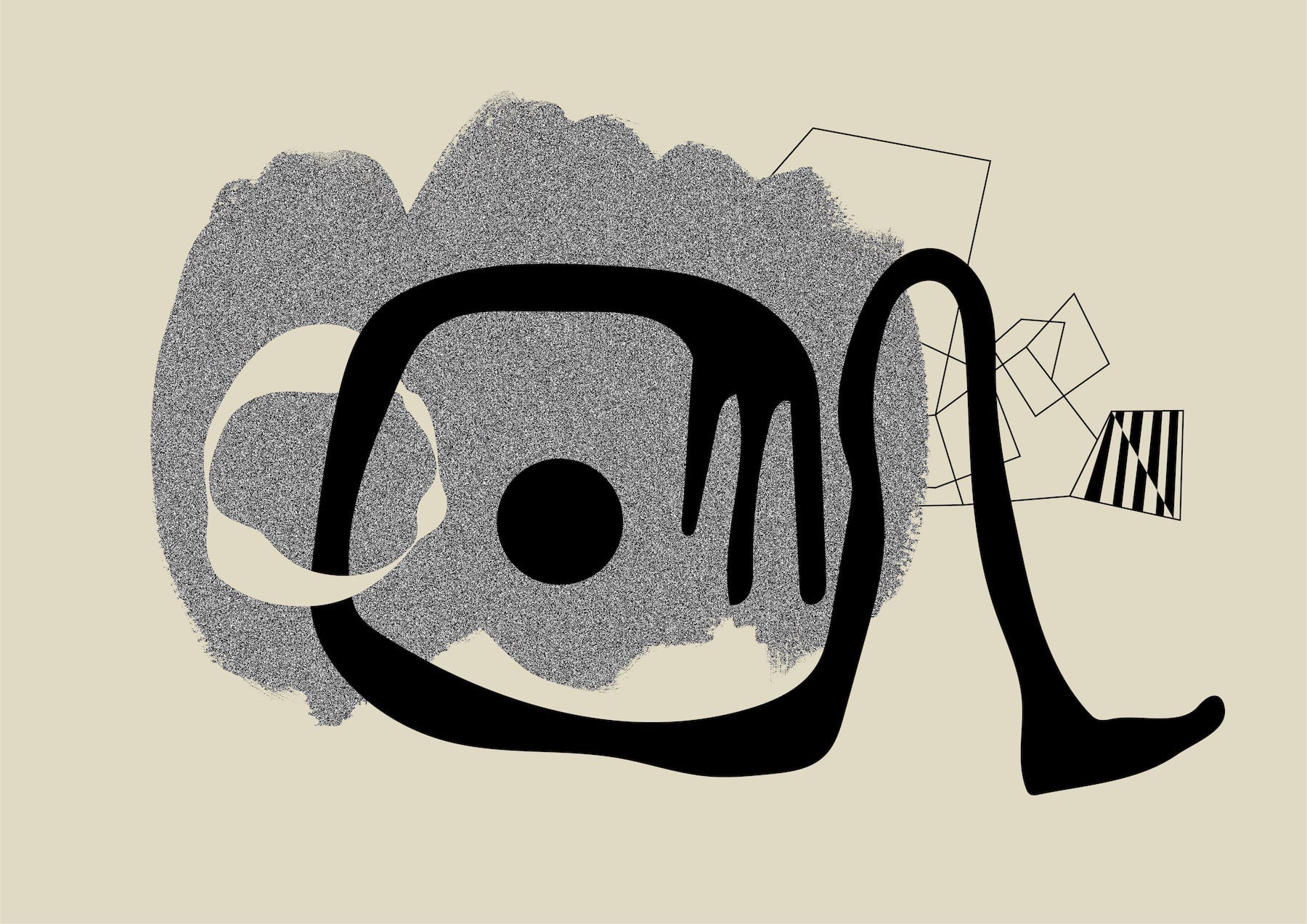Avant-Garde art
In art, "avant-garde" refers to pioneers and innovators who open new horizons through innovative, experimental, and often unconventional methods. It's a term for artists and movements crossing traditional boundaries to propel forward expressions and ideas ahead of their time.
“In my desperate attempt to free art from the ballast of objectivity, I took refuge in the square form,” said Kazimir Malevich when he showed his Black Square on a white background at the 0,10 Exhibition in Petrograd in 1915 and was met with great outrage and resistance.
Critical voices reviled it as a “dead square” and “personified Nothing”; it represented the first work of Malevich’s Suprematism – the art movement founded by him which focused on color, form and “pure feeling”. But what was intended as reproaches can also be interpreted as praise: after all, creating a Nothing was exactly what Malevich wanted. And the attribution of “dead” can be understood as breaking a taboo as well.
Unclassification is the germ of all possibilities.
- Kazimir Malevich
Surrealism and Russian Avant-Garde
Why did Malevich, that important representative of the Russian avant-garde, wish do move away from natural forms? What about them caused him to despair? The fact that they pretended to depict reality but never could? The fact that they thus, in a sense, lied to the viewer’s face?
Why did Malevich, that important representative of the Russian avant-garde, wish do move away from natural forms? What about them caused him to despair? The fact that they pretended to depict reality but never could? The fact that they thus, in a sense, lied to the viewer’s face? “Art is not a copy of the real world. One [...] is more than enough,” said writer Virginia Woolf. “A finger pointing at the moon is not the moon,” according to a wise old Zen saying. “This is not a pipe,” surrealist painter René Magritte wrote below the painting of a pipe – because it was not a pipe that you could smoke, but only the painting of a pipe. Nor is it possible to fall down the word well.
“The world as the feeling of an idea, regardless of the picture – that is the content of art. A square is not a picture, just as a switch or a plug is not electricity,” Malevich went on to explain.
Unclassification
The painter wanted to reduce everything to pure creation, because it did not pretend to be something else, it was vacant in the sense that it could be filled by anyone who engaged with it. “Unclassification is the germ of all possibilities” – that was his conviction.
Pure creation thus promotes creativity, and it can cause something new to emerge in someone else. It is open and it opens doors, it breaks down boundaries and shows other perspectives. Does it accelerate change? Does it dispel the fear of that which is different, unknown? Does it open up people?
Recommended reading:
- Kazimir Malevich, The World as Objectlessness, Hatje Cantz Verlag, 2014
- Kazimir Malevich and the Russian Avant-Garde, Kerber Verlag, 2014
- Virginia Woolf, A Room of One's Own, Pengiun Classics, 2000
Interested in the essence of the avant-garde? Read more here.
You can read all about dark fashion here.






